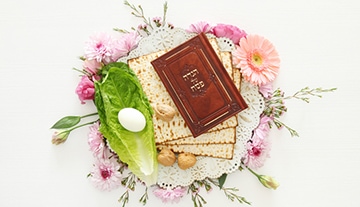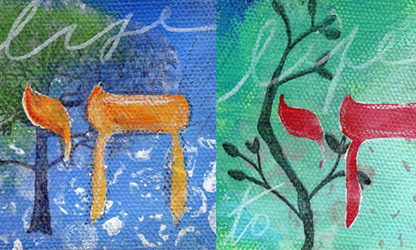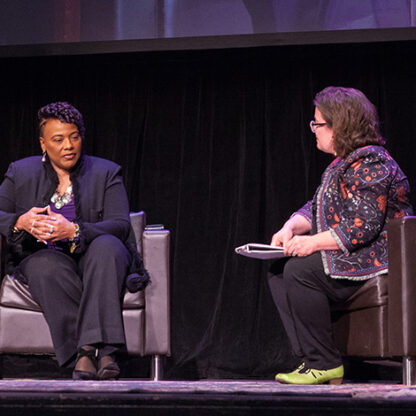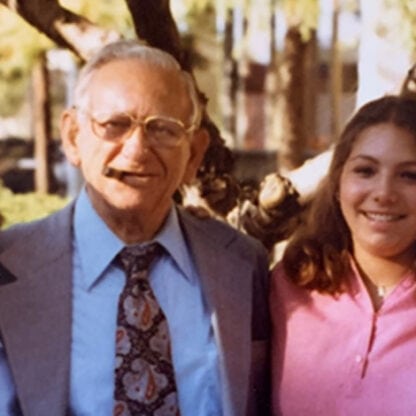Passover Transitions and Questions

Written by Jody Hirsh
Transitions
I’ve been doing a lot of thinking this Passover about transitions. The rabbis tell us that the Passover Seder, that monumental and symbolic dinner, represents a transition. The seder marks the transition of the Jewish People.
From Slavery to Liberation • מעבדות לחרות • MeAvdut L’Cheirut
Yes – this refers to the transition of the Jewish People in Egypt: Slavery. Plagues. Exodus. Crossing through the Red Sea. Receiving the Torah on Mount Sinai. If we had only been freed from slavery, Dayenu – It would have been enough – but an enormous number of earth-shattering events accompanied our transition. But it’s more than that, isn’t it? The Haggadah, after all, tells us the following.
In every generation, people are obligated to see themselves as though they personally came out of Egypt.
Each of us has our own personal transition from slavery to liberation. Think about what that means in our own lives. This year – the year from last Passover until today – has also represented an enormous transition. Last Passover, most of us were alone and isolated for the Seder, unprecedented on such a scale. This year, many of us are vaccinated, and having larger Seders in our homes. This too is a transition. Here are two additional questions for us to ask at our Seders, a fifth and sixth question.
5. How do we see this transition from Slavery to Liberation unfolding in our own lives in the next few months?
6. How will next year’s Seder be different than this year’s
My friend, the journalist Bradley Burston, who lives in Israel, published a beautiful question and a wish for Passover.
A question, and a wish.
Why is this year unlike all other years?
Last year at this time we were, all of us, slaves to Corona.
This year, we are only beginning to remember what it is to feel free.
May your Seder be marked by miracles – the miracle of long-lost togetherness, the miracle of the opening of a path out of hardship, the miracle of healing, of new memories, of joy at all ages, the miracle of the human heart that sees that so many are still in terrible forms of bondage, the miracle of the human hand that can ease their oppression. Pesach is a time when we stumble onto finding what we really need, buried under things we really didn’t. It’s a time when we look backward in order to help make it more possible to move forward.
Chag Sameach!




